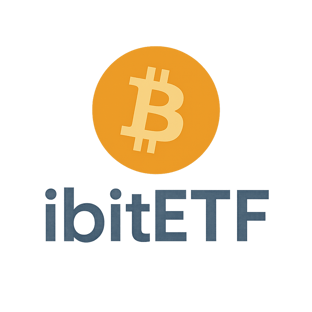Bitcoin Surpasses Gold in Issuance Scarcity
After the recent fourth halving event, analyst firm Glassnode says bitcoin has surpassed gold in terms of issuance scarcity. Bitcoin has held above the $66,000 mark over the past 24 hours, according to The Block’s Price Page.
4/24/20243 min read


Bitcoin Surpasses Gold in Issuance Scarcity
After the recent fourth halving event, analyst firm Glassnode has reported that Bitcoin has surpassed gold in terms of issuance scarcity. This milestone further highlights the growing significance of Bitcoin as a store of value and a hedge against inflation.
Bitcoin's Price Stability
Over the past 24 hours, Bitcoin has maintained its position above the $66,000 mark, according to The Block's price page. This stability in price demonstrates the confidence and resilience of the cryptocurrency amidst market fluctuations.
The Importance of Issuance Scarcity
Issuance scarcity refers to the limited supply of a particular asset. In the case of Bitcoin, the maximum supply is capped at 21 million coins. This scarcity is achieved through the halving events that occur approximately every four years, reducing the rate at which new Bitcoins are created. As a result, the issuance of new Bitcoins decreases over time, making it increasingly difficult and resource-intensive to mine new coins.
Gold, on the other hand, does not have a fixed supply. While the total amount of gold on Earth is finite, there is no predetermined limit to how much can be mined. This key difference between Bitcoin and gold has significant implications for their long-term value and scarcity.
The Fourth Halving Event
The recent fourth halving event, which took place in May 2020, reduced the block reward for miners from 12.5 Bitcoins to 6.25 Bitcoins. This halving event occurs approximately every four years and is programmed into the Bitcoin protocol. Each halving reduces the rate at which new Bitcoins are created, ensuring a gradual and controlled supply issuance.
With each halving event, the issuance of new Bitcoins becomes scarcer, leading to a potential increase in demand and value. This scarcity is a fundamental aspect of Bitcoin's design and is often cited as one of its most attractive features.
Bitcoin's Advantages Over Gold
Bitcoin's surpassing of gold in terms of issuance scarcity highlights several advantages that the cryptocurrency has over the precious metal:
1. Transparency and Verifiability
Bitcoin operates on a decentralized blockchain, which means that every transaction is recorded and can be verified by anyone. This transparency ensures that the total supply of Bitcoins can be easily audited and confirmed, eliminating concerns about counterfeit or inflated supply.
2. Portability and Divisibility
Bitcoin is a digital asset, which means it can be easily stored and transferred electronically. This portability allows for seamless transactions across borders and eliminates the need for physical storage. Additionally, Bitcoin can be divided into smaller units, making it highly divisible and accessible to a wider range of users.
3. Accessibility and Inclusivity
Bitcoin is accessible to anyone with an internet connection, regardless of their location or financial status. This inclusivity opens up opportunities for individuals who may not have access to traditional banking services or investment options. Bitcoin's decentralized nature also removes the need for intermediaries, reducing barriers to entry and allowing for greater financial freedom.
4. Programmability and Innovation
Bitcoin's underlying technology, blockchain, enables programmable money and opens up possibilities for innovation. Smart contracts and decentralized applications built on the Bitcoin network have the potential to revolutionize various industries, including finance, supply chain management, and voting systems.
The Future of Bitcoin and Gold
While Bitcoin has surpassed gold in terms of issuance scarcity, both assets have unique characteristics and can coexist as valuable investments. Gold has a long history as a store of value and is widely recognized and accepted. It has proven its resilience over centuries and remains a popular choice for diversifying investment portfolios.
Bitcoin, on the other hand, is a relatively new asset that has gained significant attention and adoption in recent years. Its digital nature and scarcity make it an attractive option for individuals seeking alternative stores of value and protection against inflation.
As the world becomes increasingly digital, the demand for digital assets like Bitcoin may continue to rise. However, it is important to note that the cryptocurrency market is still relatively volatile and subject to regulatory and technological developments. Investors should exercise caution and conduct thorough research before making any investment decisions.
Conclusion
The surpassing of gold in terms of issuance scarcity is a significant milestone for Bitcoin. It further solidifies the cryptocurrency's position as a viable alternative to traditional stores of value. Bitcoin's advantages in terms of transparency, portability, accessibility, and programmability make it an attractive investment option for individuals looking to diversify their portfolios and protect against inflation. As the cryptocurrency market continues to evolve, it will be interesting to see how Bitcoin and gold coexist and shape the future of finance.
Invest
info@ibitetf.com
